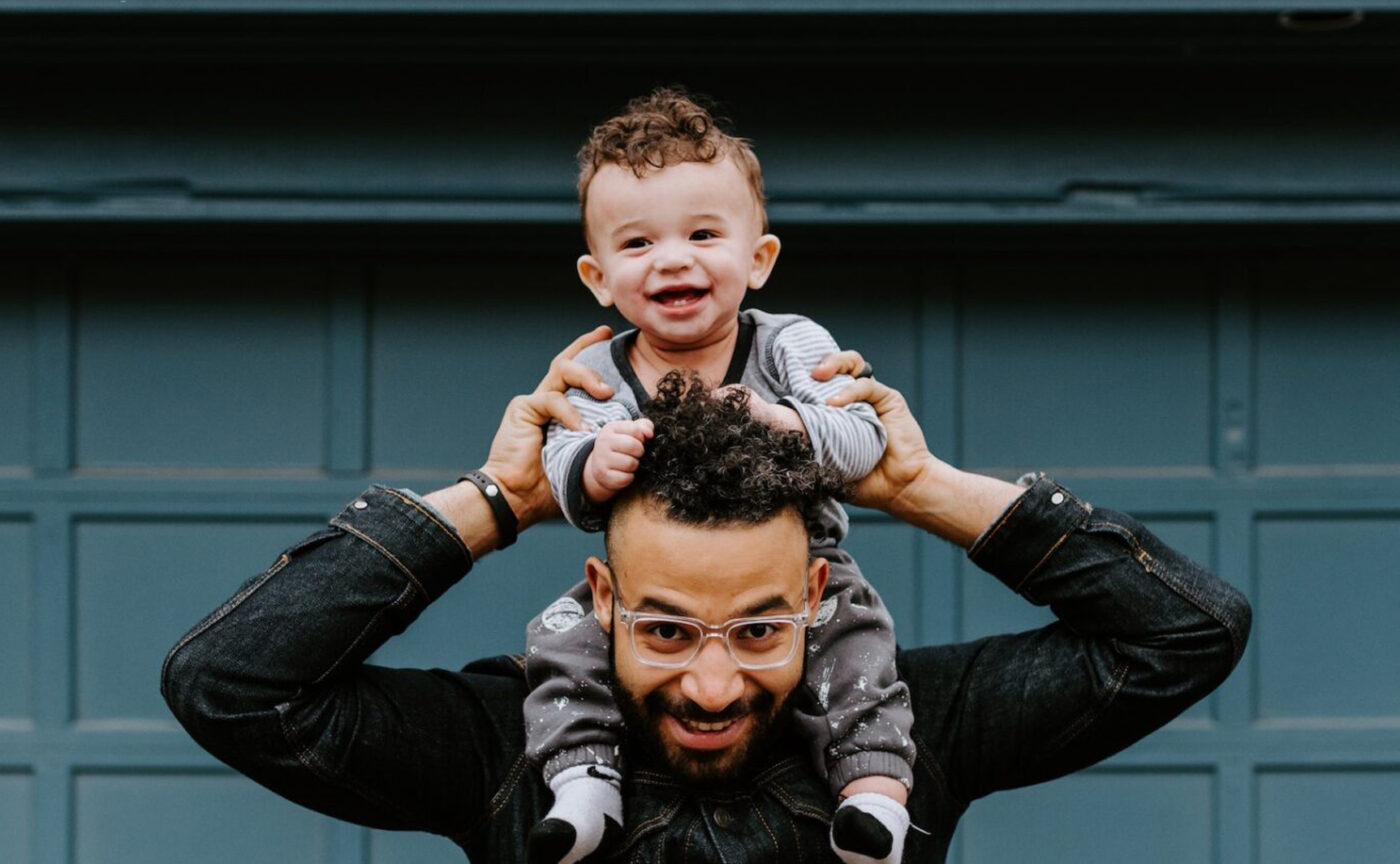Raising a multilingual child
Each language is made up of approximately 40 sounds and babies’ brains can distinguish between over 800 sounds. This allows for them to learn any language at birth, so how can we support that?
Read more
Attachment theory, a foundational concept in child psychology and development, is essential in shaping children’s early experiences and relationships. Developed by John Bowlby and furthered by Mary Ainsworth, attachment theory explores how the bond between children and their primary caregivers impacts their emotional, social, and mental health, setting the stage for their future.
Attachment theorist John Bowlby described attachment as “lasting psychological connectedness between human beings”. Bowlby believed that the attachment children develop with carers is the biggest influence on the security of children and their ability to form relationships during their lives.
Emerging research in developmental psychology emphasises the neurological effects of attachment styles. Children who establish secure attachments with their caregivers tend to develop more robust neural connections. This fosters healthier brain development and significantly impacts their social behaviours and emotional well-being.
In environments like the UK nursery, secondary caregivers play a vital role. A child’s key person will support them during their settling-in period and provide consistent care and support by developing a genuine bond and understanding their character. We call this ‘tuning in’, as the carer becomes familiar with an individual child’s needs, behaviours, temperament and interests.
Different attachment styles – secure, avoidant, disorganised, and anxious – significantly influence behaviour in both early and adult life. Understanding these styles can provide insights into a child’s social interactions and their approach to relationships later in life.
Parents’ understanding of attachment theory can profoundly impact their approach to parenting. Recognising the importance of forming secure attachments can guide parents in fostering their child’s emotional and mental health.
Attachment theory has evolved significantly since its inception, with key contributions from figures like Mary Ainsworth. Understanding the historical context of this theory provides a deeper insight into its importance in modern child psychology.
The understanding of attachment theory is crucial in child development, highlighting the profound impact of early relationships on an individual’s life. By recognising the importance of these early bonds, caregivers and parents can better support the healthy development of their children.
At N Family Club, we recognise the importance of the emotional bonds between children and their carers. This is why we have such a strong focus on the role of each child’s key person, especially in their first years with us.